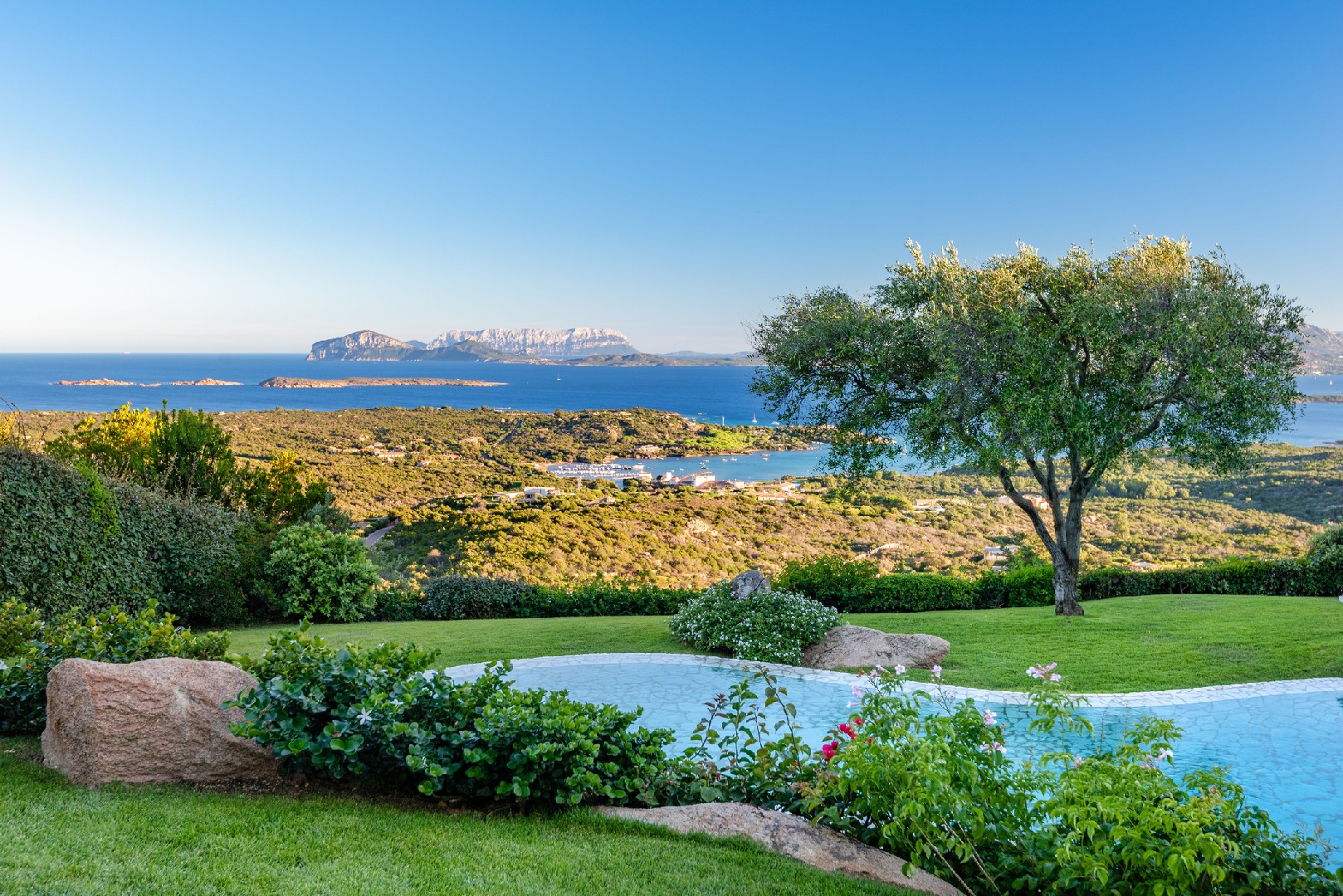![Rectangle]()
Design Principles: Building a Robust Coastal Landscape
Designing resilient landscapes for coastal areas requires careful consideration of key principles to ensure robustness and protection against the forces of nature. By implementing these principles, you can create landscapes that not only withstand wind, waves, erosion, and sea level rise but also contribute to the overall health and sustainability of coastal ecosystems.
One important design principle for building a robust coastal landscape is the strategic use of natural barriers. By leveraging existing natural features such as dunes, wetlands, and mangroves, you can create a buffer zone that helps protect against wind and waves. These natural barriers act as a first line of defense, absorbing and dissipating the energy from storms, while also providing habitats for diverse plant and animal species. When designing your coastal landscape, consider preserving and enhancing these natural features, as they offer invaluable protection while promoting biodiversity and ecological resilience.
Strategic placement of infrastructure and architecture is another key design principle to consider. By understanding the direction and strength of prevailing winds, you can position buildings, structures, and vegetation to provide optimal protection against wind and wave impacts. For example, creating a windbreak by planting rows of sturdy trees or shrubs can help reduce the speed and intensity of winds as they approach your coastal property.
In addition to considering the immediate impacts of wind and waves, it is crucial to design for inevitable erosion and plan for sea level rise. Implementing erosion control measures such as retaining walls, gabion baskets, or artificial reefs can help stabilize the shoreline and prevent excessive erosion. When designing your coastal landscape, also take into account the projected sea level rise and plan for future adaptation. This may involve elevating structures, creating drainage systems, or implementing nature-based solutions such as beach nourishment and the restoration of coastal wetlands.
To design resilient coastal landscapes, it is essential to have a sound understanding of coastal processes, local climate conditions, and ecosystem dynamics. Consulting with experts such as landscape architects, coastal engineers, and ecologists can provide valuable insights and ensure the implementation of effective design solutions. By employing these design principles and collaborating with professionals, you can create landscapes that not only withstand the challenges posed by coastal areas but also contribute to their long-term resilience and sustainability.
In conclusion, designing resilient coastal landscapes requires a comprehensive approach that integrates natural barriers, strategic placement, erosion control, and adaptation to sea level rise. By implementing these design principles, you can create landscapes that not only protect against wind, waves, erosion, and sea level rise but also foster biodiversity, promote ecological resilience, and contribute to the overall health of coastal ecosystems. Remember to consult with experts and stay informed about the latest developments in coastal design to ensure the effectiveness and longevity of your resilient landscape.





